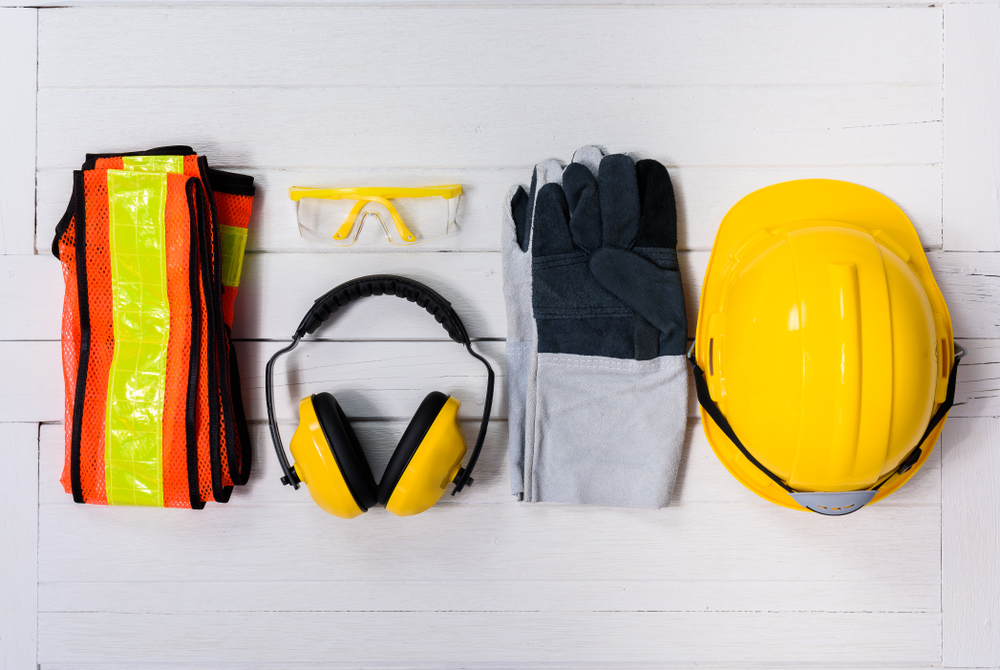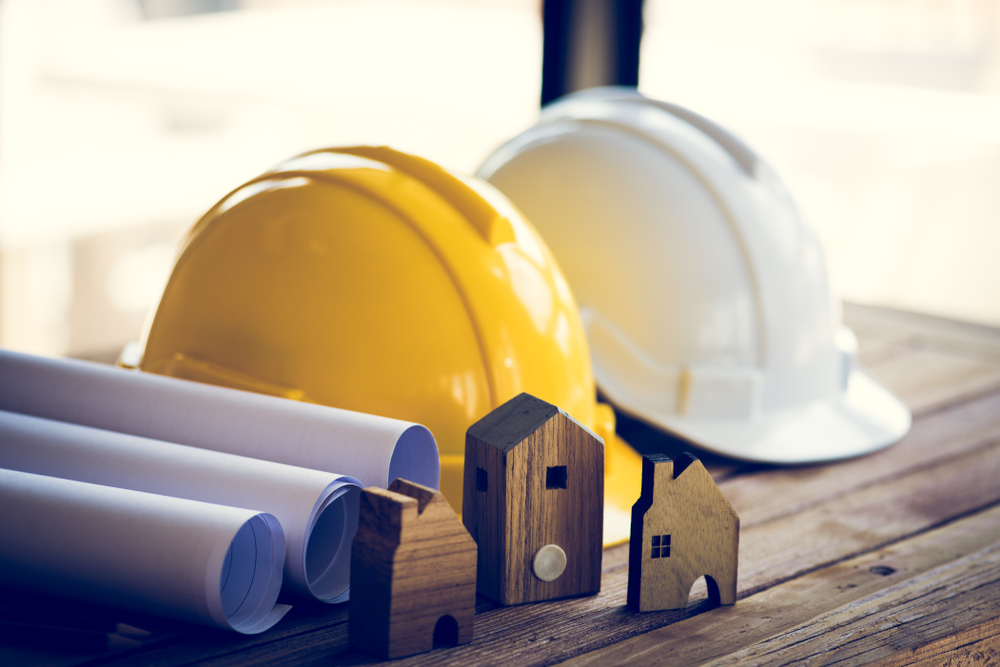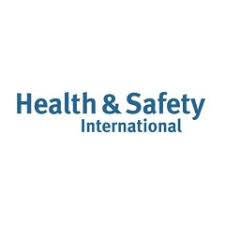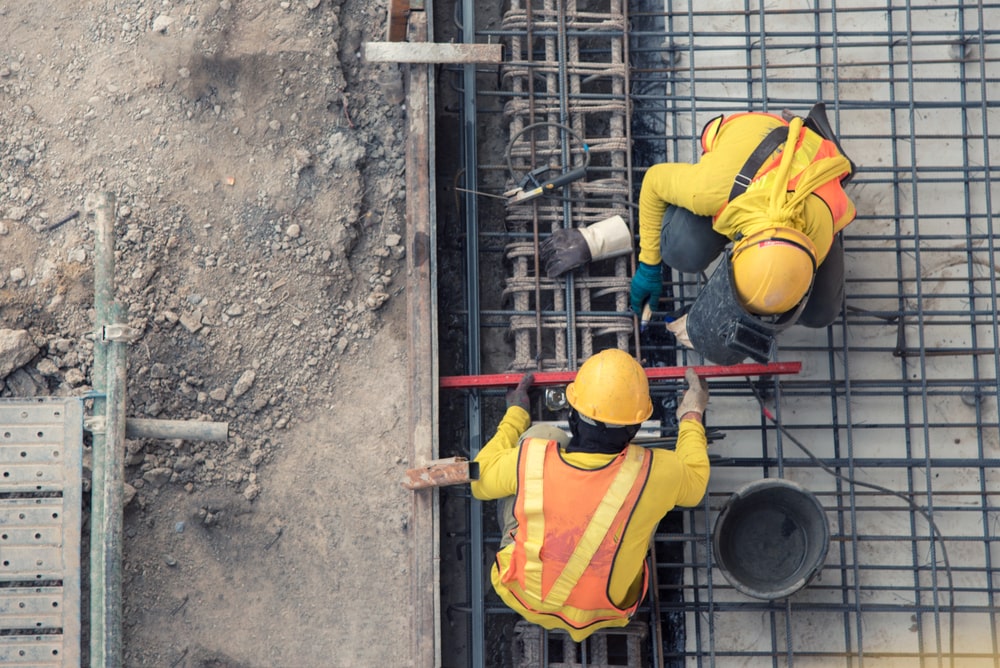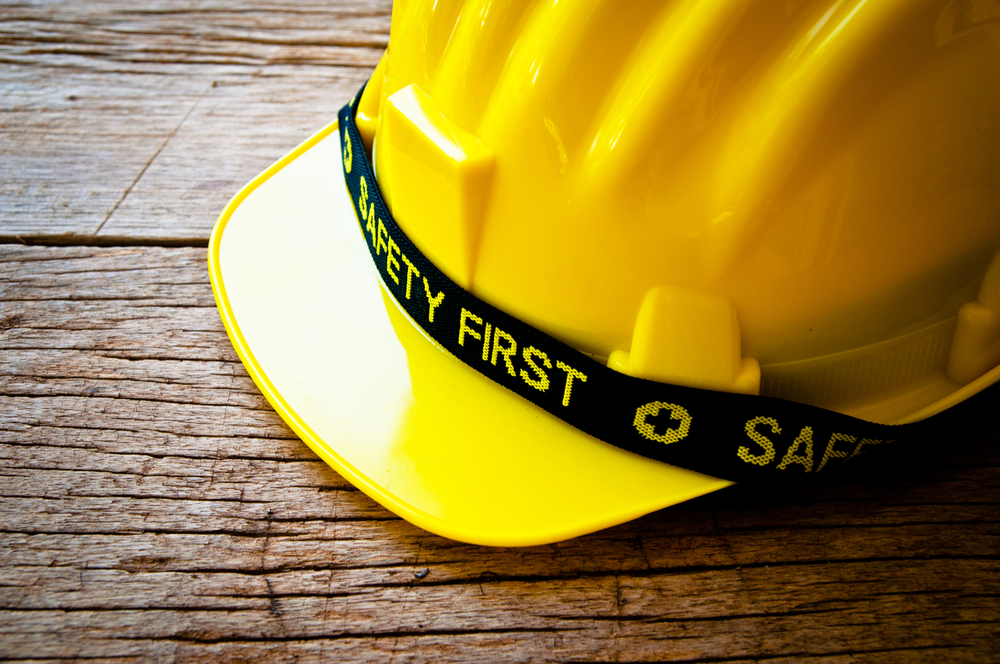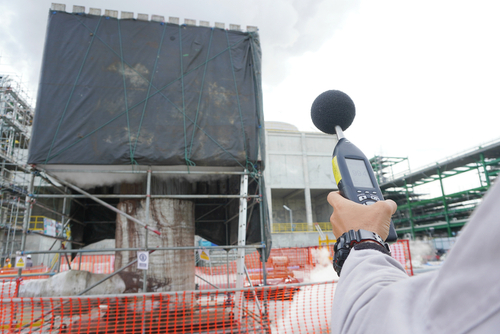News Post
Health and Safety on a Building Site: Things You Need to Know
Who Is Responsible for the Health and Safety on a Building Site?
Legally, the responsibility of health and safety within the business lies with the employer. It is up to them to make sure the environment meets the necessary health and safety requirements as outlined in the Health and Safety Act 1974. As well as the building site at large, employers are also responsible for making sure the kitchen facilities and workstations are safe to use.
You may choose to train an existing employee or hire an external safety officer who will be able to enforce the protocols and regulations you set in place within the workplace.
As a building site is a high-risk environment, the protocols you devise will need to be reviewed by either the local authority or a health and safety executive who have the power to issue you a warning should the site not be up to the required standard.
Workplace Safety Legislation and Guidelines:
- Construction (Design and Management) Regulations 2015 - If you are working on a construction project, you will need to have a construction phase plan in place. This includes domestic work carried out by tradesmen such as builders and plumbers who are installing kitchens and carrying out housing extensions. The plan will generally include the different stages of the work being carried out. The time of the project. The Health and Safety Executives will need to be informed about any projects that require a large workforce and take longer than 30 days.
- Transport Guidelines - There are also guidelines surrounding workplace transport that should be taken into consideration, especially on big construction projects. This is to protect both the workers and pedestrians. It takes into consideration things such as appointing trained marshalls and making sure any segregated routes are clearly highlighted and understood by both workers and pedestrians alike.
- Lifting Operations and Lifting Equipment Regulation 1998 - This is a law that has been created to reduce the risk of injuries taking place in workplaces when equipment is being moved. It states that it is up to the employer to ensure everything employees touch and move is stable, allowing you to maneuver it around in a safe manner. The employer is responsible for carrying out routine checks and ensuring the conditions of installing equipment are thoroughly examined.
- Health and safety toolkit - In ‘The absolutely essential health and safety toolkit for the smaller construction contractor’, the HSE has outlined a checklist of what construction contractors can do to minimise on-site H&S risks. It outlines the best practices to report accidents and tells you the types of questions you should be asking when assessing your site for potential H&S-related concerns.
- Control of Noise at Work Regulations 2005 - This is a crucial piece of legislation as it highlights the implications of noise in the workplace, especially in an industry such as construction where high levels of noise are common. The legislation is lengthy, but it includes key information such as the criteria that noise risk assessments should cover including the duration of exposure to the noise, the implications of employees being exposed to such noise, and suggestions for ways in which to reduce the impact of the noise.
- Control of Asbestos Regulations 2012 -. This legislation outlines things such as what to do if you wish to build on a premises that may contain asbestos and the training required for employees who are at risk of being exposed to asbestos.
- Manual Handling Operations Regulations 1992 - This legislation details the obligations that employers have towards their employees, from training on the latest safety procedures and techniques to carrying out the relevant risk assessments. The document laid out by the HSE outlines everything from how to deliver the risk assessment to showcasing good handling techniques where employees can list the ways in which they could get injured should they make an incorrect move while moving certain equipment.
- Control of Vibration at Work Regulations 2005 - In order to protect workers from injuring themselves, the Control of Vibration at Work Regulations 2005 were established to address the impact of exposure to vibrating tools, such as drills and jackhammers, on the body, in particular the arm. As a result of the act, a risk assessment needs to be carried out where such tools are required and the working conditions must be deemed safe for employees to use the equipment without putting themselves at risk. It is also worth noting that these risk assessments should be reviewed and updated regularly in order to keep up to date with the latest laws and regulations.
If you're looking to improve the health and safety measures at your construction firm or on your building site, we are more than happy to help. We have expert consultants working across Leeds, Bradford, Harrogate, York and the wider Yorkshire area, in addition to services across Manchester, Birmingham and London. Our specialised team consists of Chartered Health and Safety Practitioners who are committed to providing you with the best service possible, and our testimonials speak for themselves. For advice and guidance on construction health and safety services, give us a call on 0845 224 0028 or get in touch via our website.
Latest News
It can be difficult to decide your future path - a lot can ride on it, after all - but a career in health and safety could be the right choice for you. There are several types of careers in the health and safety industry that might be a good fit..
What is ISO 45001?
If you’re wondering what ISO 45001 is, then this is the guide for you. Replacing the old OHSAS 18001 standard, ISO 45001 is the new international standard for occupational health and safety management. In this guide, we'l..
Who Enforces Health and Safety?
The enforcement of health and safety is crucial to maintain healthy workplaces. The term health and safety itself covers the safety legislation and safety law that comes under the Health and Safety at Work Act 1974. In general, this means t..
Health and safety training is a requirement in the workplace, no matter which sector you work in. Our experts at SMS Europe have been providing an extensive range of specialist health and safety services for almost 20 years. To help make work en..
Health and safety in the workplace is all about controlling risks in a way that protects both your employees and your company. Strong leadership, including your employees, managers, suppliers, contractors, and consumers, is a characteristic of great ..
Health and safety in the workplace is immeasurably important. But, without the Health and Safety at Work Act of 1974, we might have never prized safety so highly. This piece of workplace legislation is highly significant and indeed has transform..
Fire Safety and Fire Risk Assessment at Leased Offices and Buildings Fire safety at leased single and multi- tenanted offices can be approached in a number of ways. Generally speaking, there are three types of premises, (single occupancy lea..
Safety Gloves
Please have a read at SMSE Managing Director Philip Marsden's article on Safety Gloves which is published in the February 2022 edition of Health and Safety International Magazine. https://www.hsimagazine.com/article/fits-like-a-glove/ We wo..
Current Health and Safety Industry Trends
New Guidance Released for Managing Home Workers As an employer, you have the same health and safety responsibilities for those who work from home as you do for all other employees who may work from the workplace. In most cases, the dange..
Who Is Responsible for the Health and Safety on a Building Site? Legally, the responsibility of health and safety within the business lies with the employer. It is up to them to make sure the environment meets the necessary health and safety requi..
No one wants to be injured whilst at work, and no one wants their staff to be injured, especially whilst on the job. That doesn’t mean that accidents don’t happen. In fact, each year an average of 22 manufacturing workers die in workplace..
Noise at Work- Updated guidance
Controlling noise at work (L108): updated edition published The HSE has updated its buidance on The Control of Noise at Work Regulations 2005. Many people are exposed to noise levels at work that may be harmful, leading to permanent and incura..



